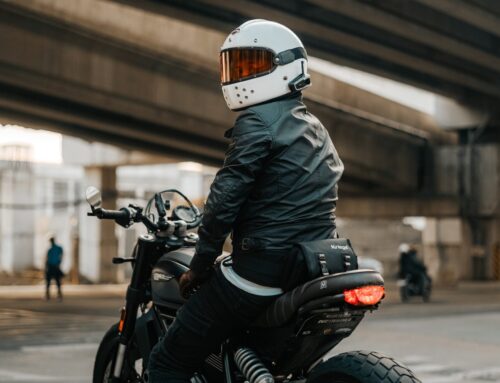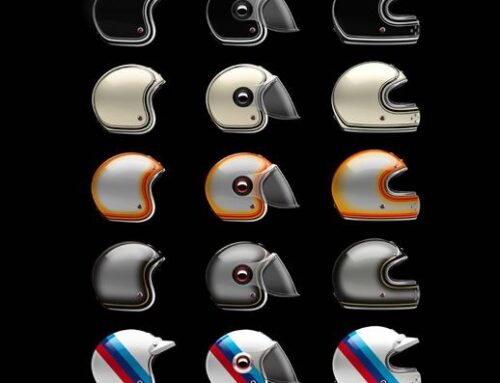Introduction
Modular helmets, also known as flip-up helmets, have gained popularity among motorcyclists for their unique design, which allows the front of the helmet to be flipped up, converting it from a full-face to an open-face style. This versatility makes them appealing to riders seeking convenience and the ability to communicate easily without removing the entire helmet. However, some riders have concerns about the safety of modular helmets, especially during a crash. In this comprehensive analysis, we will delve into the safety aspects of modular helmets, examining their construction, certifications, and performance in impact scenarios.
- Modular Helmet Construction
Modular helmets share some similarities with full-face helmets in their construction. They consist of an outer shell, impact-absorbing liner, comfort padding, and retention system. The key difference lies in the hinge mechanism that allows the front chin bar to be lifted, providing access to the rider’s face.
- Safety Standards and Certifications
When evaluating the safety of modular helmets, it is essential to consider their adherence to recognized safety standards and certifications. Look for helmets that meet or exceed standards such as DOT (Department of Transportation), ECE (Economic Commission for Europe), or SNELL (Snell Memorial Foundation). These certifications indicate that the helmet has undergone rigorous testing and meets safety requirements.
- Impact Protection
During a crash, the primary function of a motorcycle helmet is to protect the rider’s head from impact forces. Modular helmets are designed to provide similar impact protection to full-face helmets when the chin bar is closed. However, concerns arise when the helmet is in the open-face configuration. Studies suggest that the chin bar’s hinge mechanism may reduce the overall helmet’s structural integrity compared to traditional full-face helmets.
- Helmet Stability
In open-face mode, the chin bar of a modular helmet may not be as stable as a fixed full-face helmet, potentially leading to increased movement during a crash. This movement could compromise the helmet’s ability to stay securely in place and protect the rider’s head effectively.
- Importance of Proper Usage
To ensure the maximum safety potential of a modular helmet, it is crucial to use it correctly. Always ensure the chin bar is fully locked and secured before riding. Using the helmet in the open-face configuration while riding at high speeds or in risky conditions can increase the risk of injury in the event of a crash.
- Real-world Test Results
Real-world crash data specific to modular helmets is limited, making it challenging to draw definitive conclusions on their safety. However, some studies suggest that in certain crash scenarios, modular helmets may not perform as well as traditional full-face helmets due to the potential weaknesses introduced by the hinge mechanism.
- Rider Preference and Usage
Ultimately, the choice between a modular helmet and a full-face helmet depends on the rider’s preferences and intended usage. If convenience and communication are essential, and the majority of riding is done at lower speeds and in less risky conditions, a modular helmet may be a suitable choice. On the other hand, riders who prioritize maximum safety and ride at higher speeds or challenging terrains may opt for a traditional full-face helmet.
Conclusion
In conclusion, modular helmets offer a convenient and versatile option for motorcyclists, allowing them to switch between full-face and open-face configurations. While modular helmets can provide good impact protection when the chin bar is closed, there are concerns about their structural integrity and stability when the chin bar is open. To ensure the maximum safety potential, it is essential to choose a modular helmet that meets recognized safety standards, use it correctly, and be aware of the potential risks associated with the open-face configuration.
As with any motorcycle helmet, rider safety should be the top priority. Consider factors such as intended usage, riding style, and safety certifications when selecting a helmet. Ultimately, the best choice is one that aligns with the rider’s preferences and ensures maximum protection on the road.





